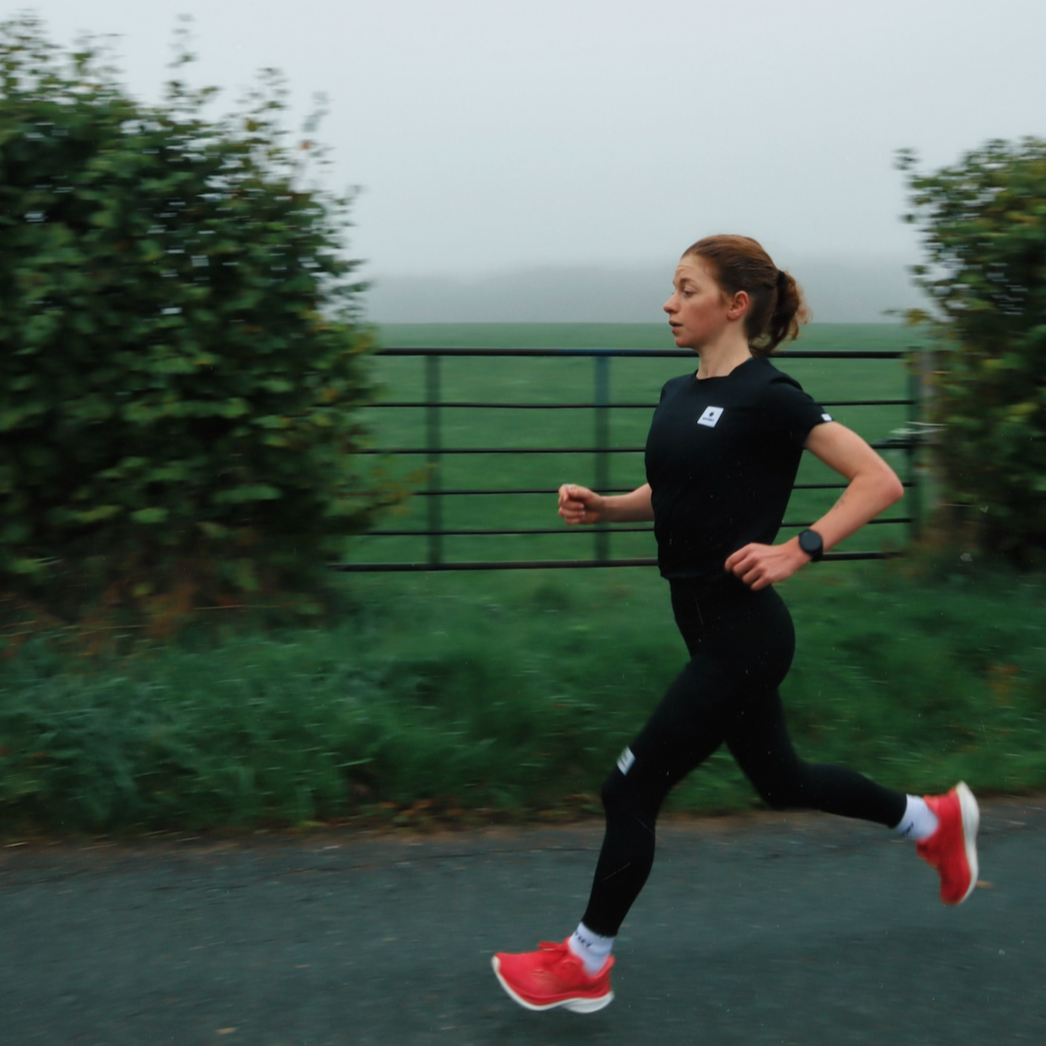Top 5 plank variations for runners | The benefits of plank exercises for runners
The plank is a versatile exercise that comes in many variations for all levels and offers multiple benefits for everyone, including running enthusiasts.
Here’s why the plank should be a staple in a runner’s strength-training routine and my top 5 plank exercises for those who’ve mastered the classic elbow plank.
The benefits of plank exercises for runners
Here are the 3 main reasons why runners should incorporate plank variations into their strength-training routine.
Core Stability: Planks engage and strengthen the deep core muscles, including the transverse abdominis and obliques. A robust core provides stability, enhancing running posture, and reducing the risk of inefficient movement that could lead to fatigue or injury.
Improved Running Form: A strong core encourages better alignment and posture while running. This translates into efficient biomechanics, reducing strain on muscles and joints and optimising running economy.
Injury Prevention: A stable core acts as a natural shock absorber, distributing impact forces more evenly throughout the body. This can mitigate the risk of overuse injuries in the legs, such as shin splints or IT band syndrome.
Top 5 plank variations for runners
Bored of the standard elbow plank and ready to take it up a notch? Try these more advanced plank variations to work on your core stability and become a stronger runner.
Check out the video demo here and keep reading for some exercise pointers.
Plank row
This exercise that combines elements of the traditional plank and the dumbbell row.
Begin in a high plank position with your hands directly under your shoulders and your feet hip-width apart or slightly wider. The wider your foot stance, the easier it is to keep your balance. Engage your core muscles by drawing your navel towards your spine.
While keeping your hips square and minimizing any twisting or rocking, lift one dumbbell off the ground in a rowing motion. Imagine pulling the dumbbell towards your hip. Keep your elbow close to your body as you lift the weight.
Lower the dumbbell back to the ground in a controlled manner, returning to the starting position. Keep your neck in a neutral position, looking down at the floor to avoid straining your neck.
Plank on a ball with shoulder taps
This one adds an element of instability and requires greater core engagement and balance.
Place the exercise ball on the floor and position yourself in a high plank position, your hands on the ball and your feet on the floor.
Lift your right hand and tap your left shoulder. Keep your hips stable and minimise any rocking or swaying. Return to your initial position then tap your right shoulder with your right hand.
Throughout the exercise, focus on keeping your body aligned and stable on the exercise ball. Your goal is to prevent excessive movement and maintain the plank position.
Plank drag through
This functional and challenging exercise requires focus on stability and coordination. Start by placing a dumbbell or kettlebell to the side of your plank position.
Begin in a high plank position, with your hands directly under your shoulders and your feet hip-width apart. Your body should form a straight line from head to heels.
Grab the weight firmly then move it to the opposite side, outside your other hand. Get back to your high plank, then move it back again to the other side.
Keep your hips level and prevent them from rocking as you pull the weight through.
Side plank with hip dips
This variation of the traditional side plank exercise targets the oblique muscles and enhances core stability.
Begin in side plank position, with your elbow directly under your shoulder, and stack your feet on top of each other. Your body should form a straight line from head to heels. Engage your core muscles by drawing your navel toward your spine. You can extend your top arm straight up toward the ceiling.
While maintaining the side plank position, slowly lower your hips down toward the mat without touching it. Then lift your hips back up to the side plank position, returning to the starting point.
Plank up and down
Begin in an elbow plank position, with your hands directly under your shoulders and your feet hip-width apart. Keep your core engaged throughout.
Extend your right arm so your hand is now on the mat, followed by your left arm, transitioning from the low plank to a high plank position. Lower your right forearm again, then your left one, returning to low plank position.
To continue the exercise, start the next repetition with your left arm first. Throughout the movement, focus on keeping your hips level and preventing them from swaying or twisting.
How to incorporate plank exercises into your routine?
I personally finish every single gym workout with one or two plank exercises, as opposed to doing a dedicated ab workout.
For instance, I’ll do 5-6 upper body exercises then finish with 2 plank variations. I aim to perform 3 sets of 60-90 seconds for each exercise.




